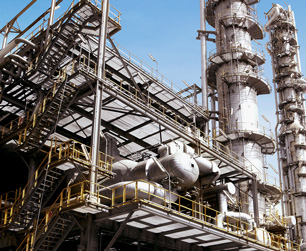Dichloroacetic Acid (DCA)
| EPA Maximum Contaminant Level Goal (MCLG) |
zero |

Dichloroacetic Acid (also known as DCA, or, in one of its salt or ester forms, dichloroacetate) is a chemical used in the production of other chemicals and in dermatology as a cauterizing agent. It also has reported use as a fungicide and in the medical treatment of lactic acidosis, diabetes and blood lipid irregularities. Some studies suggest that it may have potential use in cancer treatment.
DCA is a haloacetic acid (one of the EPA regulated HAA5) that can form as a byproduct of water chlorination or chloramination.
Health Effects of Dichloroacetic Acid (DCA)
Dichloroacetic acid has shown toxicity to the nervous system, liver and reproductive system in animal studies. Animal studies have shown dichloroacetic acid to be carcinogenic, while the International Agency for Research on Cancer classifies DCA as a “possible human carcinogen.”
Water Treatment for Dichloroacetic Acid (DCA)
Although there is no preferred treatment for dichloroacetic acid, its formation during water disinfection can be prevented by pre-filtration to remove organic matter or pH adjustment prior to treatment.
Sources: EPA (1), EPA (2), WHO, IARC, Wikipedia, Photo: WikiMedia, author: SeclSite Index
Filtration Systems
- Aeration for Iron & Sulfide
- Backwashing Filters
(whole house & well units)
- Chlorine & Chemical Injectors
- Countertop Water Filters
- Emergency Filters
- Garden Hose Filters
- Reverse Osmosis, Residential
- Reverse Osmosis, Commercial
- Shower Filters
- Specialty Filters
- Ultraviolet Systems
- Undersink Filters
- Water Softeners
- Whole House Filters
Cartridges
Parts
- Replacement Parts
- Faucets
- Filter Media
- Fittings
- Housings
- O-rings
- Pumps
- Pura UV
- R.O. Parts
- R.O. Tanks
- R.O. Booster Pump
- VIQUA UV